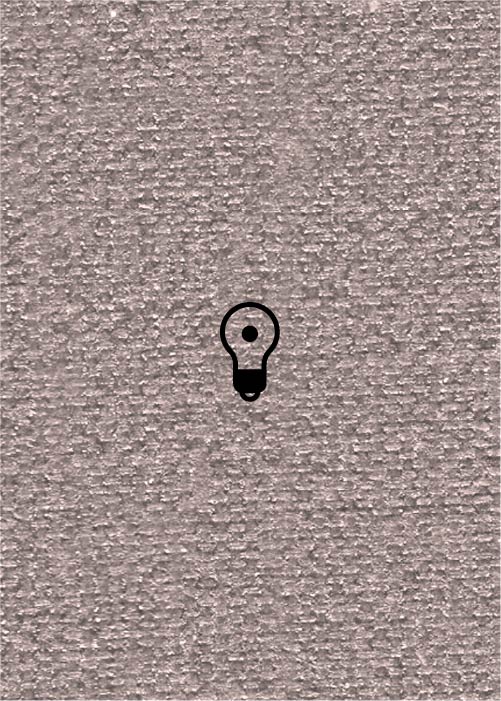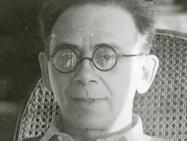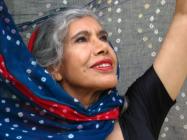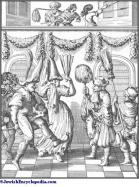(43 results found)
“Schlof majn Kind, ich wel dich wigen” (Wiegenlied) – Sleep my child, I will cradle you (Lullaby)
… followed by Hassidim and their rebbe walking to an event or dancing in a tish , the morning rising and laborers going to … and Lwow 1912, No. 39). … Stutschewsky's 13 Jewish Folk Tunes … Ashkenazi people … Ashkenazim … Cello - Violoncello … Folk songs … Joachim Stutschewsky … Klezmer music … “Schlof …
Beregovski Collection - Nign no. 3
… time in Beregovski’s Evreiskiie narodnyie pesni [Jewish Folk Songs] – the collection that Beregovski prepared for … 1962 source it was reprinted in M. Beregovski, Old Jewish Folk Music: The Collections and Writings of Moshe Beregovski … in 1915 from Aronson, it is titled “A Freilichs,” i.e. a dancing tune, a testimony of the porosity between vocal and …
Qad Zawajunī - Here I Was Wed
… the center of the dancers’ circle, singing one line while dancing and having the rest of the women respond to her by … in the event dictates the length of the performance. Folklore scholar Vered Madar mentions in her doctoral thesis that many scholars of folklore deal with the question of how carriers of folk …

Zemerl (LKT)
… reference. “...a zemerl [pl. zmires ]...is a religious folk song in Hebrew or Aramaic sung on the Sabbath. Bearing … commonly sung to a variety of tunes, as a zemerl (religious folk song).” Schlesinger, Alpert, Rubin 1989 . ( Recording … would gather at the bride’s home for a “goodbye party” and dancing. The klezmorim would play until late at night. Their …

Vals (LKT)
… that among our large masses, for a long time now the folkdance has had been accompanied by singing and song; and … 1994, p. 10 . “A ‘kozak’ [and a freylekhs ]... were folk-dances for adults and in-laws. The youth strutted its … The Hasidic waltzes are usually not intended for dancing; like the Hasidic marche, they are generally sung …

Skotshne/Skochne
… frejlaxs are very popular in that village and are sung for dancing. Bystanders who are not dancing clap their hands. … This could not have been adopted from the Ukrainian folk music, since there were far fewer professionally-trained Ukrainian folk musicians than Jewish ones.” Beregovski 1937 [= …
Hag Purim – The story behind its melody
… It was also featured in many publications of Jewish folk songs in the early 20th century as a wordless Hassidic … und West in 1910 ( example 1 ) and in Kisselgof's Jewish folk song collection of 1912 ( example 2 ). The similarity … Yaacov Mazor mentions the same melody in relation to the dancing of the seventh Hakkafah for Sim h at Torah among the …

Sher
… 1982, p. 526, n. 18] . “Gathering data on Jewish folk dances, and especially on the widespread frejlaxs and … references, the šer is also mentioned very rarely in folk songs. These folk songs are all from the Ukraine (cf. … four couples grouped in a quartet. Also the essence of the dancing and their participation is explained by various …

Polka
… Beregovski 1937 [= Beregovski/Slobin 1982, p. 533] . “I am dancing a krayts-polke ...” [Podbrodz, Vilna province, … that among our large masses, for a long time now the folkdance has had been accompanied by singing and song; and … is a] song for [the] polka-dance... The melody is Polish folk.” [Galicia, 1920s-30s]. Pipe 1971a, pp. 164 (#53), 308 …

Kutner (LKT)
… led into a private room... Meanwhile the young men began dancing. Girls danced also but separately. They danced folk dances and waltzes, in which boys dance with boys and … second room, especially as the youngsters who weren’t dancing blocked off the view into the room. Thus no one …





